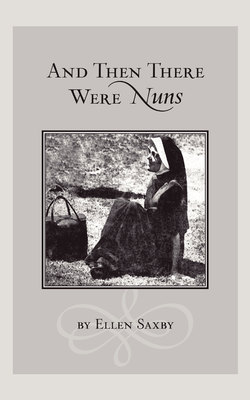Читать книгу And Then There Were Nuns - Ellen Saxby - Страница 3
На сайте Литреса книга снята с продажи.
Introduction
ОглавлениеThe injunction to care for the poor and the hungry is very old. There are thirty six instances in Torah where God instructs us that we need to care for the orphan, the widow and the stranger. We must feed the hungry, the Torah says. “Leave the corner of your field unharvested so the poor may come and glean.” “Pay the day laborer promptly so that the sun does not go down on his hunger.”
The consciousness of caring is not new but it has taken many forms as the centuries have unfolded. In the middle years of the Christian era, much of that process was left to women, the nuns.
The modern phenomenon, the mysterious world of nuns, began in 1630, in a small, very poor French village when a parish priest, know today as Saint Vincent de Paul, decided to put the good women of the parish to work. There were orphans to care for, poor children to be fed, hospital patients to be tended to.
He had to fool the church and just call them ‘the good ladies of the parish’. They took vows only for one year and were not bound by the rule of enclosure that had hitherto kept religious women out of the world. Father Vincent told the women that ‘you must love the poor, or else they will not forgive you the bread that you give them’.
In time there were hundreds of communities of nuns who taught school, nursed the sick, visited prisons, fed the hungry and tended to the needs of the widow and the orphan. They wore medieval garb, took vows of Poverty, Chastity and Obedience and lived in partially enclosed communities. They tried to truly love the poor and at times they succeeded.
These stories are fiction but are all based on real women and real experiences.
These tales might show how complex and oftentimes sweet the journey of a life
of service can be.
